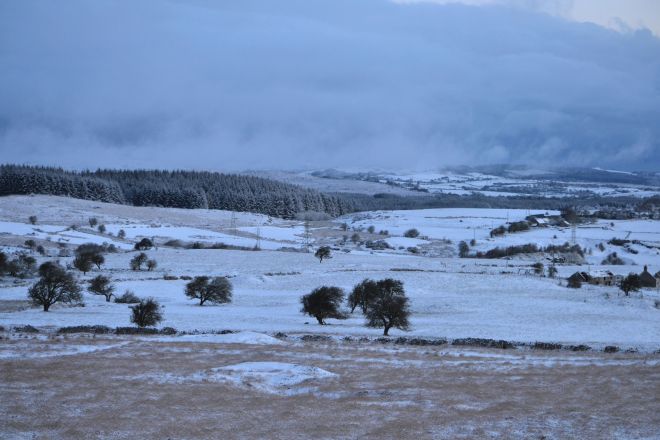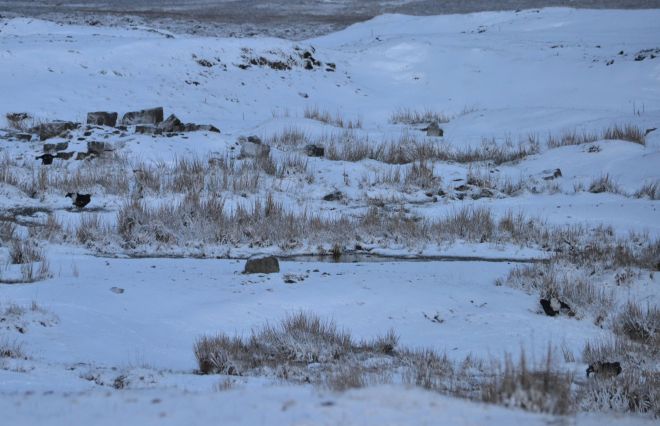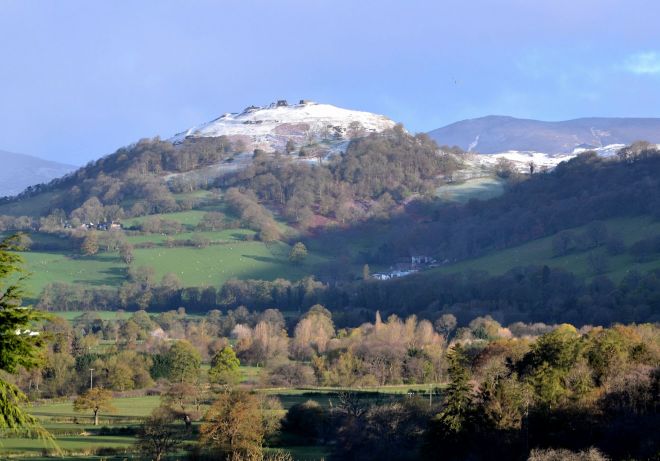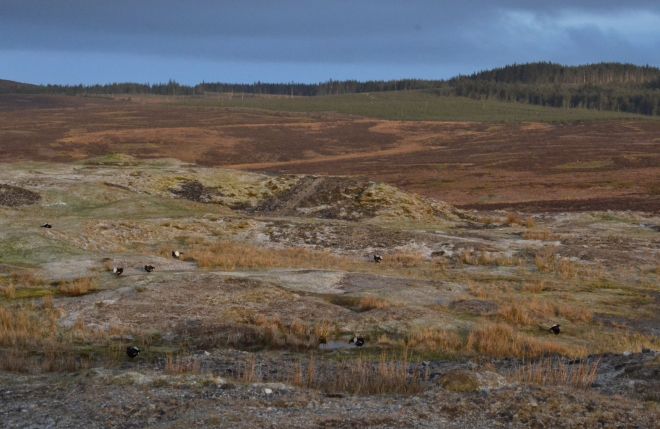At last something to write about! My national birding has run out of momentum completely in the last two calendar months. But observing lekking Black Grouse in north Wales has been a must do this spring, and a couple of clear days at home afforded the opportunity. So off I set for a two-night stay in the characterful though faded town of Llangollen in the Dee Valley west of Wrexham.
After returning to blighty from my winter break in January I was disheartened by the prospect of working through the same county birding and national insect lists for another season. So I have found a part-time retail job to swell the semi-retirement pot. But the main reason for the recent scarcity of content in this journal has been simply a lack of anything new to go for within my preferred 150-mile range.
Adding to my life list those gallinaceous birds that occur in Wales is one current priority. A number of Oxon birding colleagues have experienced the Black Grouse leks in this part of Wales in recent years so I was able to obtain precise guidance on where to look. These birds may be seen close to moorland roads here, so this is a relatively easy option for Black Grouse so long as observers stay inside their vehicles.
I drove up on Thursday afternoon to make a thorough reconnoitre of the location and that proved a wise measure. We are talking very minor roads here and on setting out at 4:30 am on Friday my satnav kept trying to take me off the route to the high ground. Half way up in the darkness snow began to fall. At the top a moderate covering had settled on the landscape and more particularly the road.

Snowfall in late April
Things got a bit scary as on the last part of the ascent my “Japanese tin can” began to slide around. Decision time – was it safe to continue? Well the road was too narrow to turn round and I reasoned that attempting to do so might increase the likelihood of ending up “off road”. The descent would also be gentler on the far side of this moor. So a bit of high revving in low gear got me to the lekking area, then onward. Fairly soon I picked out a cock Black Grouse displaying close to one side of the road, but my presence spooked the bird that with three others flew away. Sorry chaps, didn’t mean to!
Success, with greater care came a little further along the route. Here another eight cocks were lekking at a safe distance and I drew my mobile hide to a halt. As I watched from within more and more birds ran in to join the lek from all sides until more than 20 of them were competing for local superiority. What a sight and experience, and one that was definitely enhanced by observing these large game birds in a snow-scape. Cloud then began to settle on parts of the moor, so conscious of the risk of a further snow fall I decided to quit while ahead. There would still be the next morning to attempt better pictures.

Black Grouse in a white-out
The descent was indeed less treacherous than the drive up, then I returned to Llangollen by lowland roads. On arriving back there was a fairly pleasing light so I took the opportunity to photograph Castell Dinas Bran hill with a dusting of snow on the top. This landscape (below) is a significant early-life memory for me, from family holidays in north Wales and I would like to capture it in as many moods as possible.

Castell Dinas Bran hill, Llangollen
After breakfast the snow had mostly melted on the hills around Llangollen. Sunny conditions prevailed for much of the morning. The day was available for exploring a part of Wales I have wanted to visit for some time. Sightseeing took in Castell Dinas Bran hilltop (or as close as it’s possible to get in a car), the medieval Valle Crucis Abbey, the scenically outstanding Horseshoe Pass, and all of the lanes between this town and the grouse moor.
In the afternoon I revisited the last-named to see what other birds might be found there. The answer was mainly Northern Wheatear, while Common Redstart were encountered in the local lanes as I suppose is likely in Wales. I also dropped in very briefly to look at Llandegla Forest where the RSPB conducts Black Grouse jollies for the general public. The visitor emphasis at this large forestry site appeared to be on mountain biking and laser combat, making a second reason for not going there. How much better to have self-found Black Grouse in a totally remote landscape and in such evocative circumstances.

The big lek on day two
Saturday morning was much drier with some light in the sky as I made my way back up to the grouse moor, and this time there was company. Things began to happen as soon as dawn broke. First I drew alongside a lone cock Black Grouse that went through the full range of display postures without other birds coming up to challenge it. But the light was still too poor to take pictures. A little further along the road the group of four from a day earlier were strutting their stuff again close to a bend in the road.
A Land Rover with a big lens protruding from the driver’s window was already in position. So respecting that he had got here first I stopped a considerate distance away to watch, then edged forward very gradually. No matter, when I drew alongside this lek the birds went back into cover. And so I drove on to look for the 20 plus lek (pictured above) that was not difficult to locate in exactly the same place as on Friday morning.
I joined two more cars that were already parked here to witness for 30 – 45 minutes a wildlife spectacle par excellence. The air was full of the cocks’ bubbling, cooing and hissing display calls as they fought with one another in twos and threes across a large area of ground about 100 metres from the road (pictured below). Several more cars joined the audience while I was there and everyone remained inside their vehicles.
Eventually I decided to go back and try for closer pictures at the smaller lek. The Land Rover was still there but as this photographer had had things to himself for more than an hour I felt no compunction about joining him. Once again the birds dispersed soon after I stopped my car. After returning home I learned from an Oxon photographer this spot is a prime location for close-ups of lekking Black Grouse. So the strategy must be to get there before anyone else then stay in place whatever the disturbance, since the birds seem to come back out again
A third car soon entered the scene obtrusively and one of it’s occupants got out with a super zoom camera. Then another driver stopped to talk to that person right next to where the lek had been. So the road was now blocked and a mountain biker in the next vehicle showed some forbearance before parping. Things were degenerating fast and so I called time on my first experience of Black Grouse and departed. If day one had been exciting and evocative, day two was just superb and a birding encounter up there with the best of them.
